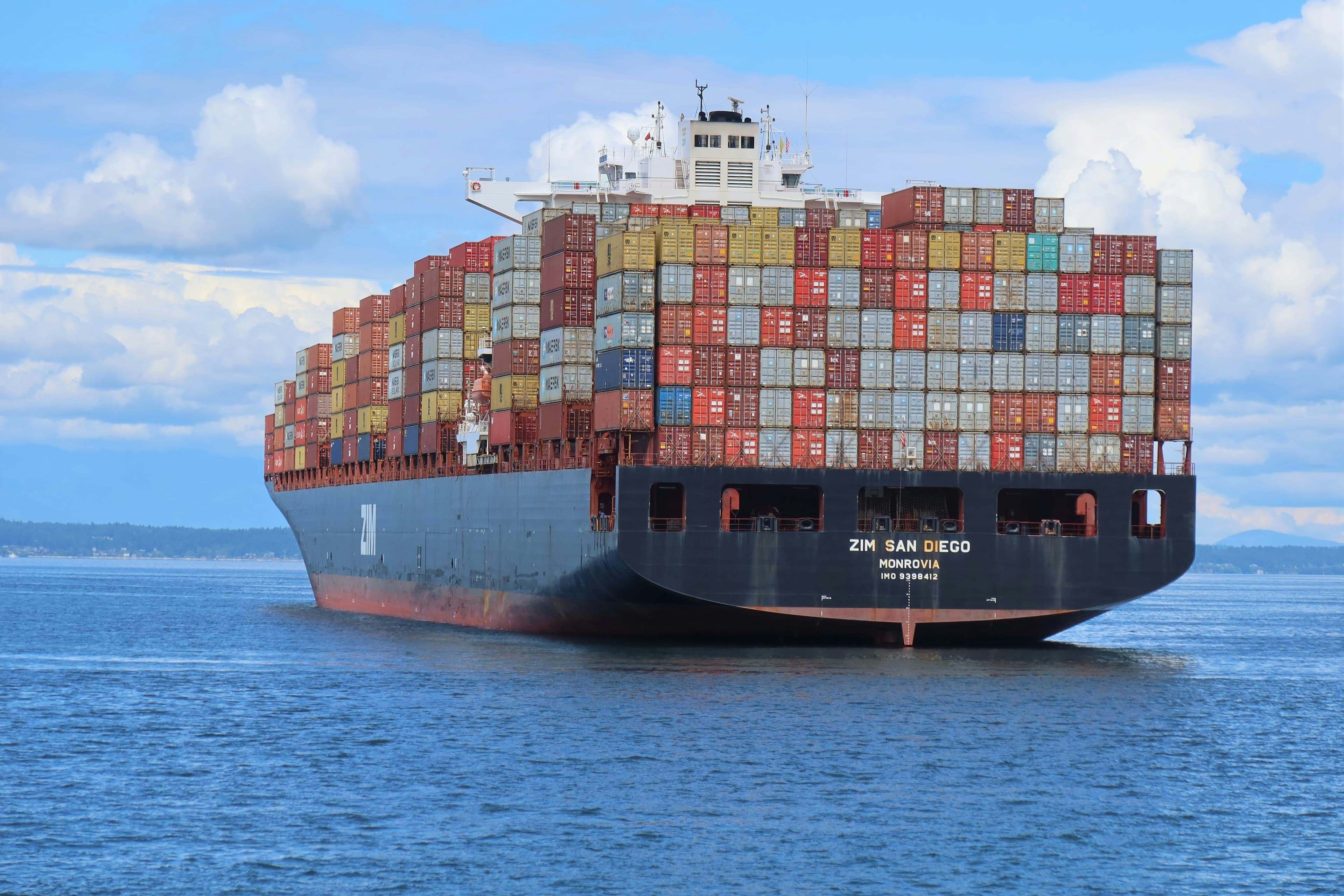From World's Factory to Global Supply Chain Hub
The most significant trend reshaping China's role in global commerce is its evolution from being the "world's factory" to becoming a comprehensive supply chain hub. China is shifting from being 'world's factory' to 'global supply chain hub', with Chinese companies increasingly building overseas ecosystems and expanding their international footprint. This transformation reflects a strategic pivot toward higher-value activities and greater integration with global supply networks.
This shift is particularly evident in the cross-border e-commerce sector, where growth has remained robust despite broader economic challenges. The expansion of digital commerce channels has enabled Chinese companies to reach consumers directly while building more resilient distribution networks across multiple markets.
Technology-Driven Innovation and Digitalization
Chinese supply chain operators are embracing cutting-edge technologies to enhance efficiency and resilience. Chinese supply chain brands are now leveraging groundbreaking technologies, such as cloud-based systems, artificial intelligence (AI), and data analytics, to revamp the country's supply chain operations. These technological advances are being implemented across various sectors, from logistics and warehousing to inventory management and demand forecasting.
The integration of AI and data analytics is particularly transformative, enabling companies to optimize routes, predict demand patterns, and reduce waste. Automation technologies, including drone monitoring systems, are being deployed to enhance visibility and control across complex supply networks. This digital transformation aligns with broader global trends toward supply chain digitalization and Industry 4.0 principles.
Four Major Strategic Shifts
Recent analysis has identified four key trends fundamentally reshaping China's supply chain ecosystem:
Selective Foreign Investment Strengthening: Foreign companies are taking a more strategic approach to their China operations, focusing investments on areas where China offers unique advantages while diversifying other activities across multiple markets.
Accelerated Chinese Globalization: Chinese companies are rapidly expanding their international presence, establishing manufacturing facilities, distribution centers, and service operations in key markets worldwide.
Industrial Cluster Innovation: Traditional manufacturing clusters are upgrading their capabilities, incorporating advanced technologies and moving toward higher-value production activities.
Green and Digital Integration: Green and digital development has become the overarching trend in the transformation and upgrading of industrial and supply chains, reflecting both regulatory requirements and market demands for sustainable practices.
Challenges and Adaptation Strategies
Despite continued growth, China's supply chain sector faces significant headwinds. Rising tariffs, higher labour costs, supply chain bottlenecks, and stricter compliance regulations are forcing many small and medium-sized businesses (SMBs) to rethink their sourcing strategies. These challenges are particularly acute for companies that have historically relied heavily on China-centric supply chains.
Economic pressures are also mounting. Despite meeting its growth target of 5% in 2024, China is still facing significant economic challenges. Consumer inflation rose to a five-month high in January 2025, while producer price deflation continued. This economic environment is compelling businesses to adopt more sophisticated risk management and diversification strategies.
Supply Chain Diversification and Reshoring Trends
Global companies are increasingly implementing "China Plus One" strategies, maintaining operations in China while establishing alternative production bases. Vietnam and India are best positioned to benefit from this diversification trend, particularly in consumer electronics and other manufacturing sectors.
However, this diversification doesn't necessarily mean a complete departure from China. Instead, companies are developing more nuanced approaches that leverage China's strengths in certain areas while building resilience through geographic distribution of production and sourcing activities.
Industrial Resilience and Competitive Advantages
Despite challenges, China's manufacturing sector demonstrates remarkable resilience. In the first quarter of 2024, China's industrial production rose by 6.1 per cent and manufacturing investment increased by nearly 10 per cent, indicating continued strength in core industrial capabilities.
China's supply chain advantages include established infrastructure, skilled workforce, integrated supplier networks, and economies of scale that remain difficult to replicate elsewhere. These factors continue to make China an attractive destination for companies requiring complex manufacturing capabilities and integrated supply chain solutions.
Looking Ahead: Strategic Implications
The transformation of China's supply chain landscape presents both opportunities and challenges for global businesses. Companies must navigate an increasingly complex environment characterized by geopolitical tensions, technological disruption, and evolving consumer demands.
Successful strategies will likely involve hybrid approaches that combine China's manufacturing strengths with diversified sourcing and production networks. This requires sophisticated supply chain management capabilities, enhanced risk assessment processes, and agile operational models that can adapt to changing conditions.
The integration of digital technologies will be crucial for companies seeking to maintain competitiveness in this evolving landscape. Investment in AI, data analytics, and automation technologies will enable more efficient operations while providing the visibility and control needed to manage complex, distributed supply networks.
As China continues its evolution toward a more sophisticated supply chain hub, businesses that can effectively navigate these trends while building resilient, technology-enabled operations will be best positioned for long-term success in the global marketplace.
